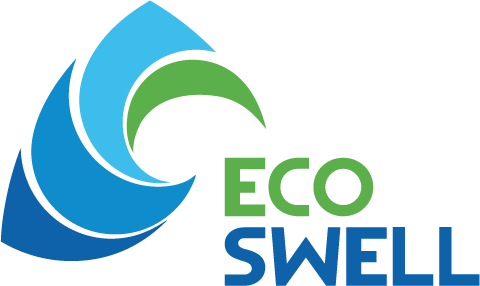Archaeology & Cultural Heritage
“Archaeology is not only the hand maid of history, it is also the conservator of art”
- Edward Bulwer-Lyton
The Challenge
Peru is rich in archaeological history that predates the Incan empire. However, limited conservation efforts, awareness, and resources can restrict the access and opportunity to conserve this important heritage. Archaeological sites like El Brujo in Magdalena de Cao, located in the northern coast of Perú, demonstrate how archaeology and cultural experiences can engage communities and support sustainable development while preserving Peruvian culture.
The Facts
The cultural ministry has registered over 25,000 archaeological sites, but budget constraints limit their proper protection.
These sites preserve the traditions, beliefs, cultural identity, and way of life of ancient civilizations.
The Moche culture (400 – 800 AD) thrived on Peru’s northern coast, and El Brujo archaeological site holds key artefacts, including the 1,500-year-old Lady of Cao mummy discovered in 2005.
Her burial revealed women’s high status in the Moche society and provided insights into ritual sacrifices and burial practices.
Ongoing research, restoration, and infrastructure maintenance are needed, as well as community engagement and cultural education to ensure sustainable heritage preservation.
Possible Solutions
Research & Conservation: strengthen scientific research, cataloging and preservation techniques for artefacts and structures.
Community engagement: develop educational workshops, school programs and skill-building initiatives that involve local communities.
Cultural Tourism & Awareness: promote heritage tourism through guided experiences, fairs and exhibitions to share knowledge with visitors and empower local communities.
Our Initiatives
Through our partnership with the Wiese Foundation, we are able to support their admirable work by providing interns to volunteer on their archaeology and cultural heritage front. Through this initiative volunteers stationed in Magdalena de Cao play a key role in preserving Peru’s ancient past, promoting education, and ensuring the sustainable conservation of archaeological artefacts. This supports the Wiese Foundation directly as they strive to strengthen local education, and community empowerment through their archeological findings.
Archaeology Conservation
El Brujo, an archaeological site developed and managed by the Wiese Foundation, includes the “Cao Viejo” temple, an archeological research station and a world-class museum which is open to the public. It displays some of the most impressive archaeological finds from the area, attracting more than 47,000 visitors annually. More than 39,000 items have been excavated to date and just over 2,000 have been catalogued. These include mommies, ceramic pots, bottles, cups, jewelry, kitchen utensils, weapons, human remains and clothing textiles.
Archaeology Research
For 35 years, the Wiese Foundation has been at the forefront of uninterrupted archaeological research at the El Brujo archaeological site, transforming it into a center of excellence for archaeological discovery. Their work has unraveled the secrets of ancient civilizations, including research on the construction process of the Cao Viejo temple, the funerary context of the Lady of Cao mommy and the human settlement patterns in the Chicama River Valley. Beyond excavation, the Wiese Foundation is committed to sharing its research knowledge, having published five books in the past four years, and leading 17 field research projects and participating in many other research, exhibition and editorial projects. With specialized in-house projects and ongoing discoveries, this is an incredible opportunity to immerse yourself in groundbreaking archaeological research of Peru’s ancient past.
Education Initiatives and Social Impact
The Wiese Foundation is committed to empowering local communities through education and cultural engagement. At the heart of this mission is the Brujo archaeological site, which has welcomed over 47,000 visitors—more than 16,000 of them children. The Foundation organizes dynamic events and workshops for students, teachers, community members, and visitors, ranging from archaeological experiences such as the Annual Colloquium of International Archaeology, to local gastronomy and craft fairs. It also supports small business development linked to the archeological site, with 26 local small business-owners receiving training over the past two years. The Foundation believes that learning and social entrepreneurship are vital to sustainable development—and invites passionate volunteers to be part of this impactful journey.
















